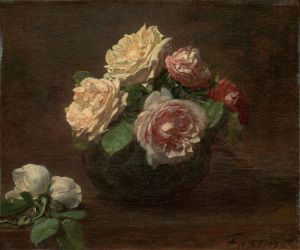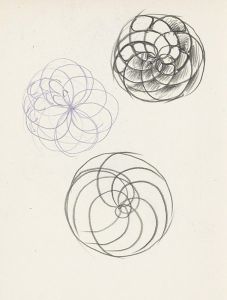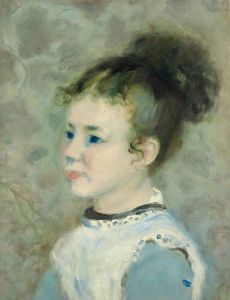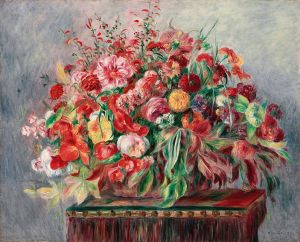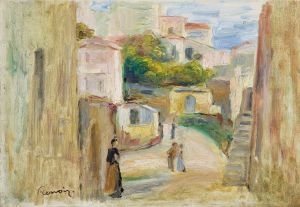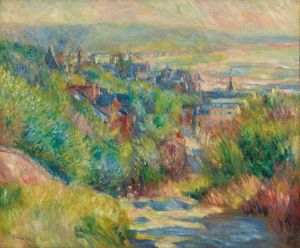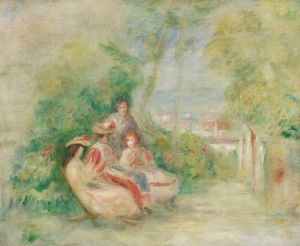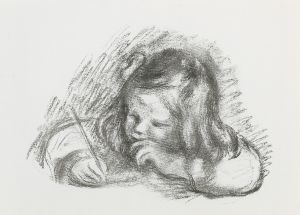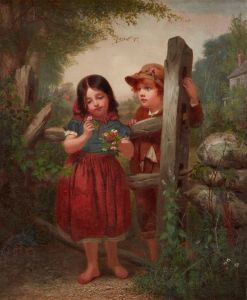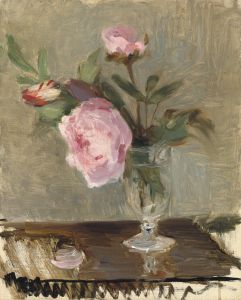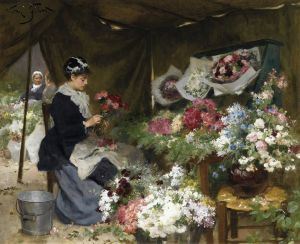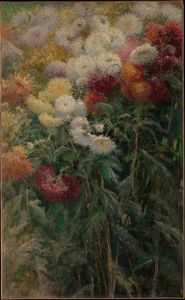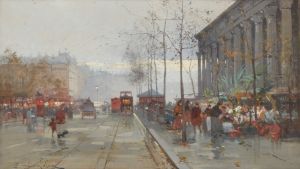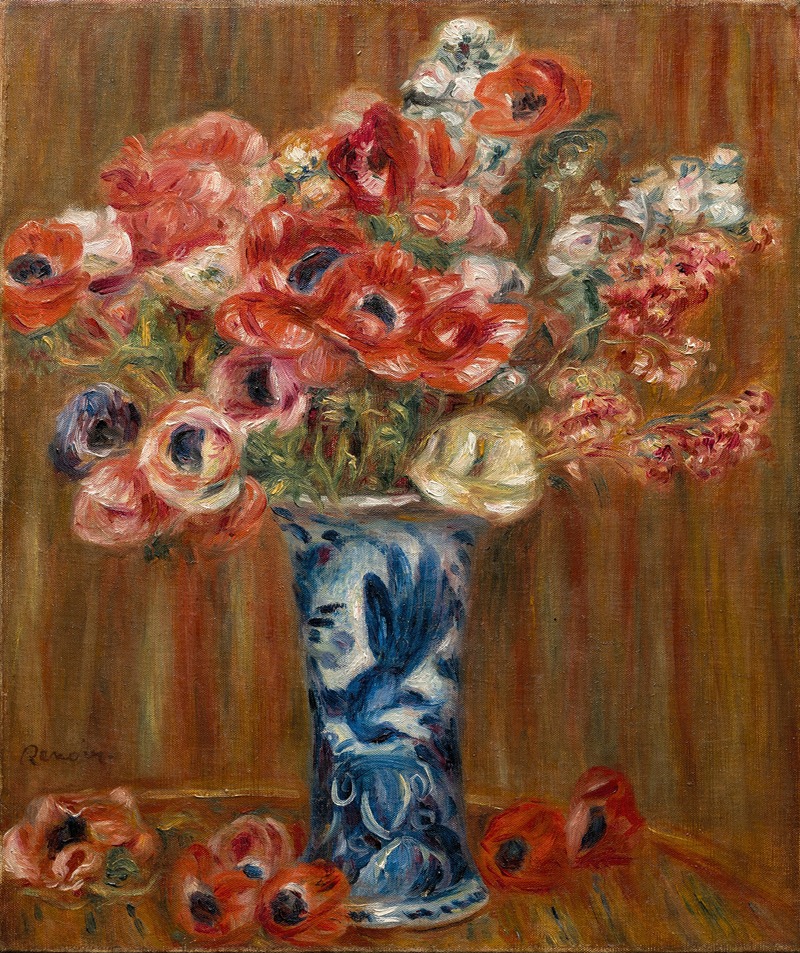
Anémones au vase de Delft
A hand-painted replica of Pierre-Auguste Renoir’s masterpiece Anémones au vase de Delft, meticulously crafted by professional artists to capture the true essence of the original. Each piece is created with museum-quality canvas and rare mineral pigments, carefully painted by experienced artists with delicate brushstrokes and rich, layered colors to perfectly recreate the texture of the original artwork. Unlike machine-printed reproductions, this hand-painted version brings the painting to life, infused with the artist’s emotions and skill in every stroke. Whether for personal collection or home decoration, it instantly elevates the artistic atmosphere of any space.
Pierre-Auguste Renoir, a prominent French artist and a leading figure in the development of the Impressionist movement, created the painting "Anémones au vase de Delft" (Anemones in a Delft Vase). Renoir is renowned for his vibrant light and saturated color, often focusing on people in intimate and candid compositions. His works are celebrated for their beauty, sensuality, and depiction of light.
"Anémones au vase de Delft" is a still life painting that exemplifies Renoir's skill in capturing the delicate interplay of light and color. The painting features a bouquet of anemones arranged in a Delft vase, a type of pottery originating from the Dutch city of Delft, known for its distinctive blue and white designs. The choice of a Delft vase adds a touch of elegance and historical reference to the composition, highlighting Renoir's appreciation for fine craftsmanship and his interest in incorporating elements of different artistic traditions into his work.
The anemones in the painting are rendered with a soft, almost ethereal quality, their petals depicted in various shades of red, pink, and white. Renoir's brushwork is loose and fluid, a hallmark of the Impressionist style, which aims to capture the fleeting effects of light and atmosphere rather than precise details. The flowers appear to be bathed in a gentle, diffused light, enhancing their delicate beauty and creating a sense of depth and dimension.
The background of the painting is kept relatively simple, allowing the vibrant colors of the anemones and the intricate patterns of the Delft vase to stand out. Renoir's use of color is particularly noteworthy; he employs a rich palette to create a harmonious and visually pleasing composition. The interplay of warm and cool tones adds to the overall sense of balance and tranquility in the painting.
"Anémones au vase de Delft" reflects Renoir's mastery of the still life genre, a subject he returned to throughout his career. Still life paintings allowed Renoir to experiment with color, texture, and composition in a controlled setting, and this particular work showcases his ability to transform a simple arrangement of flowers into a captivating and dynamic piece of art.
Renoir's interest in still life painting can be traced back to his early years as an artist. He was influenced by the works of earlier masters such as Jean-Baptiste-Siméon Chardin and Gustave Courbet, who were known for their still life compositions. However, Renoir brought his unique sensibility to the genre, infusing his paintings with a sense of lightness and spontaneity that set them apart from more traditional still life works.
"Anémones au vase de Delft" is a testament to Renoir's enduring fascination with the beauty of the natural world and his ability to capture its essence on canvas. The painting remains a beloved example of his work and continues to be admired for its exquisite portrayal of flowers and its masterful use of color and light.





